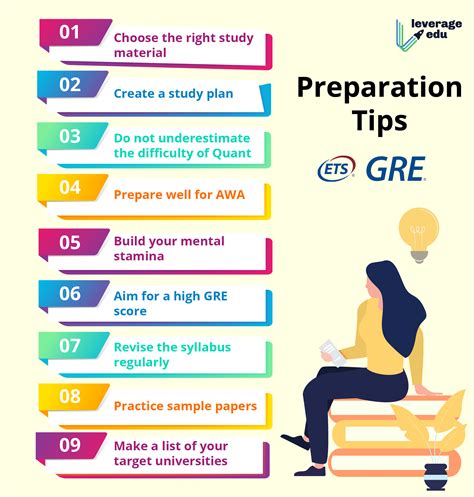Are you planning to take the GRE? Wondering how to approach this challenging exam effectively? The GRE can be a daunting hurdle, but with the right preparation, you can conquer it and achieve your goals. In this comprehensive guide, we’ll delve into crucial tips, strategies, and resources to help you navigate the GRE and maximize your performance. We’ll empower you with insights into the exam structure, question types, and time management techniques to ensure you’re fully equipped for success on test day.
Comprehensive Overview of the GRE
The Graduate Record Examination (GRE) is a standardized test required for admission to many graduate schools in the United States. It assesses your analytical writing, verbal reasoning, and quantitative reasoning skills. The GRE is offered in two formats: computer-based and paper-based. The computer-based exam is the most common format and is taken at designated testing centers.
The GRE is divided into three sections: Analytical Writing, Verbal Reasoning, and Quantitative Reasoning. The Analytical Writing section assesses your ability to analyze an argument and present your own ideas in a clear and concise manner. The Verbal Reasoning section assesses your ability to understand and interpret written material. The Quantitative Reasoning section assesses your ability to solve math problems using basic arithmetic, algebra, geometry, and data analysis.
The GRE is scored on a scale of 130 to 170 for each section. The average score for the Analytical Writing section is 4.0, the average score for the Verbal Reasoning section is 150, and the average score for the Quantitative Reasoning section is 152.




